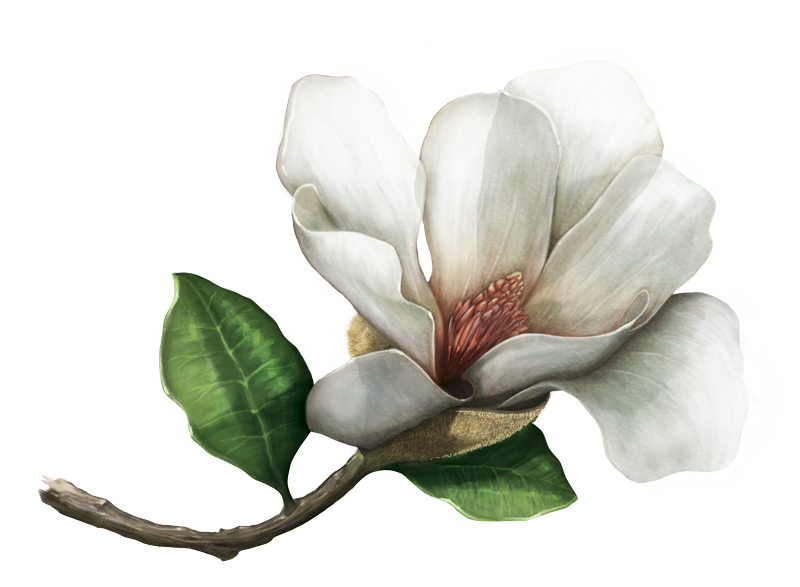In order to guarantee the perpetuity of biological collections, it is necessary for collections to publish information online, have specialists for taxonomic curatorship, and enough resources for managing and conserving their facilities
Colombia, as a biologically megadiverse country, has an enormous potential of fostering development that is based on an integrated management of biodiversity. For this type of management, the availability and quality of information is an essential factor 1.
Although biological collections around the world are an invaluable source of information and innovation, their importance is usually not acknowledged2. In Colombia, collections are in similar conditions because most do not have enough resources in order to keep the staff, infrastructure, and equipment that are necessary for their perpetuity, reference, and use. Despite this situation, initiatives such as the National Inventory of Biodiversity and the National Monitoring Strategy consolidate information about biodiversity in an updated, verified, trustable, and replicable inventory and depend on the preserved specimens of biological collections3.
To preserve the natural and cultural heritage embodied in the 203 biological collections, which have around 6 million specimens of fauna, flora, and microorganisms in 24 Colombian states and the capital district of Bogotá4, an assessment of the representativeness and quality of the data should be developed. The goal of this assessment should aim at designing and implementing effective activities for updating the collections.
The National Registry of Biological Collections (RNC for its initials in Spanish), in partnership with the Biodiversity Information System of Colombia (SiB Colombia), currently gathers and supplies online information of biological collections that may be consulted or downloaded. Good examples of online biological collections are the herbariums and national botanical gardens. Through the platform of SiB Colombia, these collections have the largest number of online and free access data in the country. In addition, most of the angiosperm, plant species reported in Colombia, including those that are threatened, are represented in the data; therefore, this information is a key tool for the study and conservation of plants in the country. Having access to such indicators is possible due to the availability of open data. Data are provided by biological collections, and in turn nourish initiatives such as the Evaluation of Extinction Risks of Colombian Flora, the National Strategy for Plant Conservation, and the National Forest Inventory.
In order for collections to continuously provide biological reports of the natural richness of Colombia, which are in some cases unique, they must be able to publish and disseminate the information. For this reason, the necessary resources should be directed accordingly. Furthermore, considering biological collections as part of a Colombian cultural heritage that documents the territory would contribute to the construction of a greater social assumption of the collections.

